A Scoping Review of Research (2000-2024) on Washback in China
DOI: 10.23977/langl.2024.070804 | Downloads: 56 | Views: 964
Author(s)
Mengyuan Shangguan 1
Affiliation(s)
1 Xi'an International Studies University, Xi'an, China
Corresponding Author
Mengyuan ShangguanABSTRACT
The backwash effect is an important component of the post-exam impact and is one of the criteria for evaluating the quality of exams. This study analyzes papers published in 14 foreign language journals on CNKI (China National Knowledge Infrastructure) between 2000 and 2024. Using CiteSpace software for bibliometric and visual analysis, the study explores high-frequency keywords, keyword clusters, and keyword bursts. The findings reveal the following characteristics of related research: The publication timeline shows a wave-like pattern. Research on the backwash effect mainly focuses on the following hot topics: the backwash effect and validity, the backwash effect of the TEM-8 exam, and empirical studies on the backwash effect. The fields of testing, speaking tests, the TEM-8 exam, etc., are at the forefront of backwash effect research. The study also finds several issues within the backwash effect research, including repetitive research subjects, an uneven distribution of exam types, relatively simplistic research methods, and overgeneralization. The paper further suggests future research directions and provides references for scholars conducting related studies.
KEYWORDS
Washback, validity, TEM-8CITE THIS PAPER
Mengyuan Shangguan, A Scoping Review of Research (2000-2024) on Washback in China. Lecture Notes on Language and Literature (2024) Vol. 7: 22-28. DOI: http://dx.doi.org/10.23977/langl.2024.070804.
REFERENCES
[1] Alderson, J.C. & Wall, D. (1993). Does washback exist? Applied Linguistics, 14(2), 115-129.
[2] Messick, S. (1989). Validity. In R.L. Linn (Ed.), Educational Measurement, 3rd edition (pp. 14-22).
[3] Qi, Luxia (2012). Recent research and future prospects of the washback effect of language testing. Modern Foreign Languages, 35(2), 202-208+220.
[4] Guo, Jia (2020). An investigation of the authenticity of IELTS speaking based on communicative language testing theory. China Examinations, (6), 19-26.
[5] Dong, Manxia (2019). Several basic issues that need clarification in the study of washback effects in language testing. Foreign Language Teaching Theory and Practice, (03), 50-57.
[6] Qi, Luxia (2011). Theoretical and empirical research on the washback effect of language testing. Foreign Language Teaching Theory and Practice, (04).
[7] Chen, Xiaokou (2016). The reproductive effect of language testing research on validity studies. Foreign Language Testing and Teaching, (01), 39-46.
[8] Zou, Shen & Dong, Manxia (2014). Twenty years of washback effect research in China: Current status and reflections. Chinese Foreign Languages, 11(4), 4-14.
[9] Xu, Qian (2012). A study on the washback effect of the TEM-8 exam: A survey of foreign language experts and English discipline leaders. Foreign Language World, (03), 21-31.
[10] Li, Xiaojv, Gui, Shichun & Li, Wei (1990). The design of NMET test items and its influence on secondary school English teaching. Primary and Secondary School English Teaching and Research, (1), 1-27.
[11] Gu, Xiangdong & Peng, Yingying (2010). A longitudinal study on college English teachers' understanding of CET and its washback effect. Foreign Languages and Foreign Language Teaching, (06), 37-41+56.
[12] Zhao, Ping & Ji, Xiaoli (2016). Research on the calibration of VST test tools based on classical test theory and item response theory. Foreign Language Testing and Teaching, (2), 39-46+59.
| Downloads: | 48794 |
|---|---|
| Visits: | 928050 |
Sponsors, Associates, and Links
-
Journal of Language Testing & Assessment
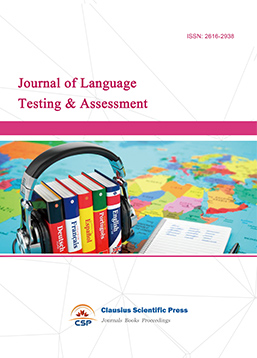
-
Information and Knowledge Management
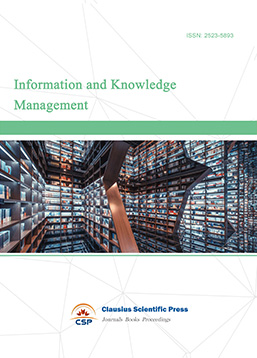
-
Military and Armament Science
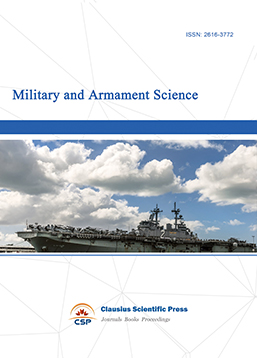
-
Media and Communication Research
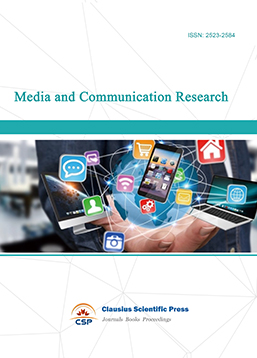
-
Journal of Human Movement Science
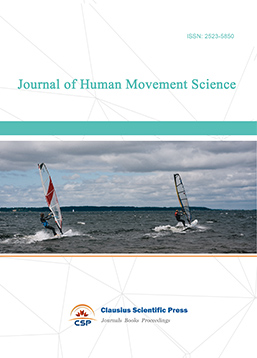
-
Art and Performance Letters
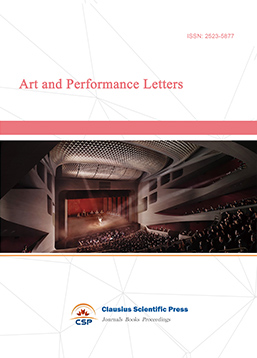
-
Lecture Notes on History
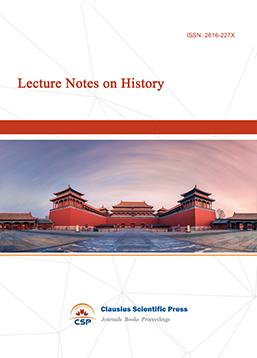
-
Philosophy Journal
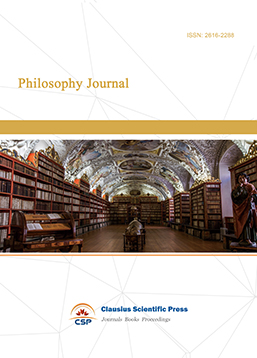
-
Science of Law Journal
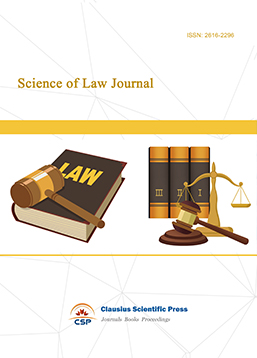
-
Journal of Political Science Research
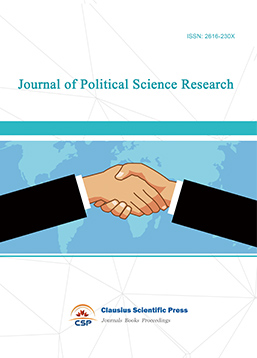
-
Journal of Sociology and Ethnology
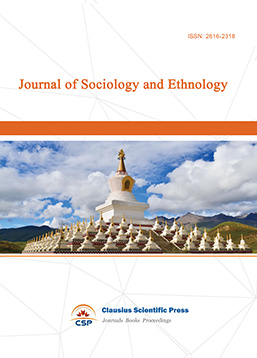
-
Advances in Broadcasting


 Download as PDF
Download as PDF